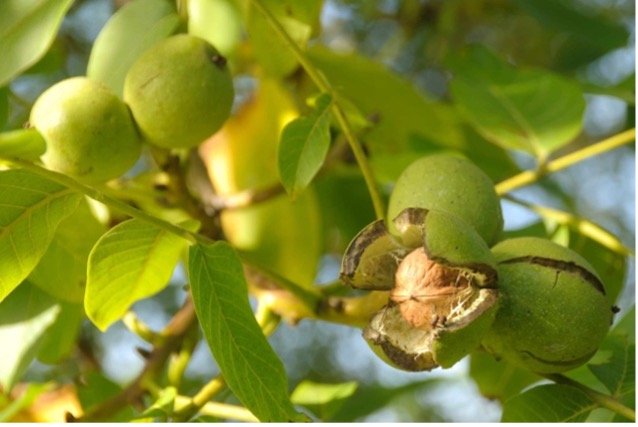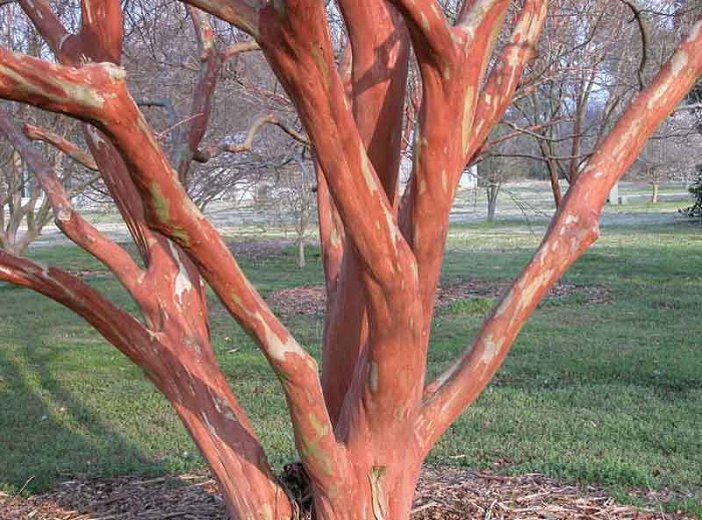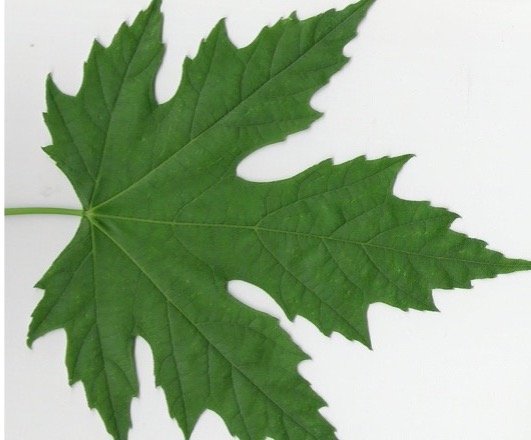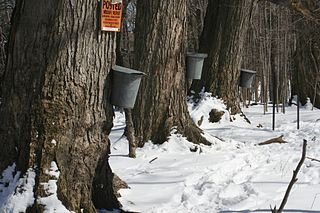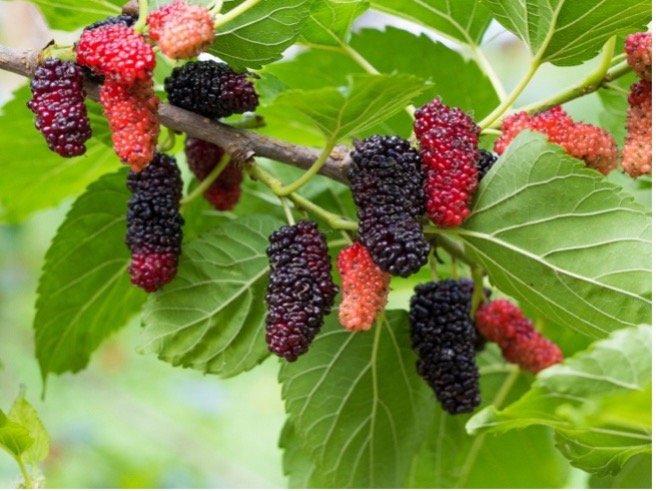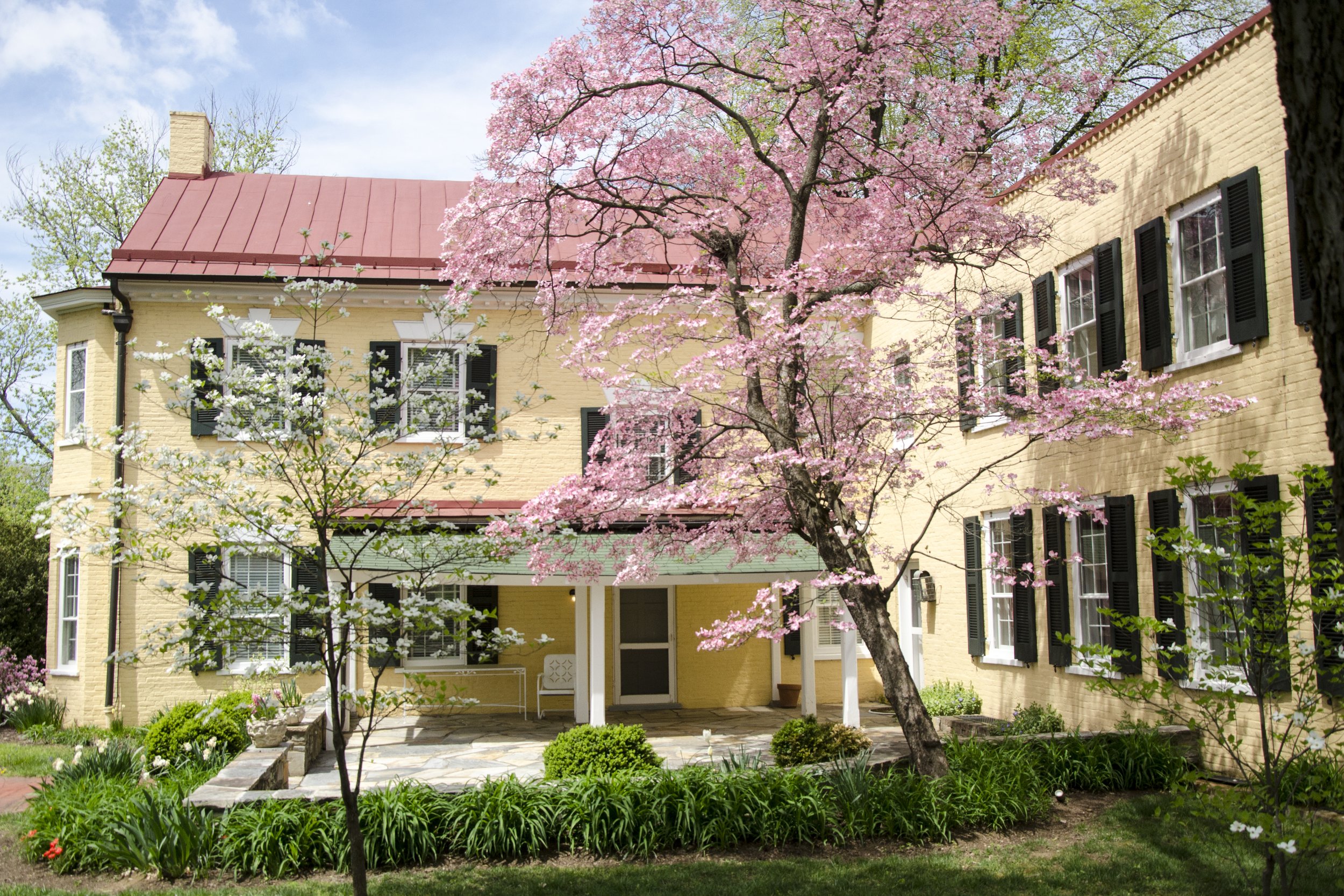
Tree Tour
Welcome to the Dodona Manor tree tour. The 3.88 acres have 23 different varieties of trees. Besides the classic American Elm and White Oaks, you can see unique trees like the Kentucky Coffeetree, Yellow Buckeye, American Yellowwood, and Chinese Chestnut.
George and Katherine Marshall were keenly interested in the grounds surrounding Dodona Manor. The previous owners, the Elys, did very little to improve and maintain the grounds. The Marshalls spent a great deal of time and energy on the grounds so what you see today is much like it was when the Marshalls lived at Dodona.
In this self-guided tour, we’ll give you an overview of each variety including how the tree has served humans, wildlife, and the environment, as well as folklore surrounding the trees and their medicinal benefits.
Please see the tree map showing the location of each tree on the property.
A good place to start is in the front of the house. Here you can see the American Basswood, Yellow Buckeye, Osage Orange, and 3 varieties of Oaks.
Click to open the map in a new window
The Marshalls purchased Dodona Manor in May 1941. The previous owner spent 5 years improving the interior of the home and left the yard and grounds largely as they found them when they purchased the home in 1935.
When Katherine stood on the front porch looking out across today’s front lawn, her eyes saw a tangled mess of overgrown brambles, boxwoods, lilacs, and weeds. The lilac bushes were as tall as the second story of the house. All around the house, there was a mass of plantings against the house, giving it a crowded and overgrown feeling.
On the south side of the house (facing Market St), there was a hedgerow running from the house (outside the breakfast room) across the lawn to Market St. The entrance to the property was from Market St, near where the current brick walkway is across from Mom’s Apple Pie store. The property was blessed with an abundance of oak and elm trees. Katherine wrote there were “great oaks and elms that tower above the house. They must have been there since the Revolutionary Days”.
In the backyard, there were a few outbuildings including a tool shed (still present at the back of the yard), and next to it was a chicken coop. There was an old carriage house with a dirt floor in a sad state of decay – held together only by a mat of vines – honeysuckle and Virginia creeper. The backyard also contained an outhouse which many refer to as a “chic sale”. Katherine was very happy to burn down the chic sale!!
George did not see Dodona until the Spring of 1942 because he was consumed with WWII. Katherine used the time to begin transforming the grounds to match their vision of a home. She started with the front and south side yards (Market St side). She hired Mr. Brown, to take out dead trees, prune and doctor the oak and elm trees. He also thinned out the shrubs and replanted the lilacs. He then plowed and seeded the sloping front yard. The transplanted lilacs and shrubs were moved to the bottom of the hill in the front yard forming a hedge. In Katherine’s words, “it gave the beautiful old house breathing room – took away the crowded, overgrown look of the place and gave us a lovely vista – the greatest improvement of all.”
Other improvements Katherine made were to carve out flower beds. She purchased several thousand old bricks in town and had the workmen lay out brick walkways to the garage, garden, and toolshed. The brick from the old carriage house was used to erect a new two-car garage with a storeroom above. She also created the stone court patio with the low rock wall in the rear of the house. Katherine also improved the front porch. It has been wooden, and she had it rebuilt using brick.
George and Katherine loved the outdoors and found relaxation by working outside. George’s focus was on creating a vegetable garden, an interest he had since he was 10 years old. He took great pride in his garden and felt he had one of the best vegetable gardens in Leesburg. He grew asparagus, red raspberries, blackberries, corn, eggplant, tomatoes, potatoes, cauliflower, onions, peas, lima beans, radishes, and squash. It was amazing what he accomplished with the limited time he had during the war years. He also took great pride in his compost heap near the garden.
Katherine’s interest was in flowers, especially roses. She planted flowers in the beds around the house and she created the rose garden on the north side of the house inside the turn-around driveway. She wrote about how much satisfaction she got from weeding her flower beds.
Other changes the Marshalls made were to change the entrance to the house from Rte. 7 to Edwards Ferry Rd. At this time, they erected a stockade fence along the Rte. 7 side of their property.
After the war, George planted a small orchard of apple and pear trees. These trees were accidentally cut down in the 1950s. George had asked a nearby farmer if he had a friend who could brush hog and clear the orchard. The neighbor brought in a friend who mistakenly thought George wanted the trees removed, whereas George wanted the trees trimmed and the grass cut around the trees. George was very disappointed at the loss of the orchard.
The Marshalls loved their property. They relished the improvements they made and cherished the times sitting outside in the shade soaking it all in.
Ash (White)
Basswood (American)
Beautyberry (American)
Black Locust (Eastern)
Black Walnut
Boxelder
Buckeye (Yellow)
Chestnut (Chinese)
Coffeetree (Kentucky)
Crepe Myrtle (Cinnamon)
Dogwood (Flowering)
Elm (American)
Hackberry (Common)
Maple (Norway)
Maple (Silver)
Maple (Sugar)
Mulberry
Oak (White)
Osage Orange
Redbud (Eastern)
Yellowwood (American)





